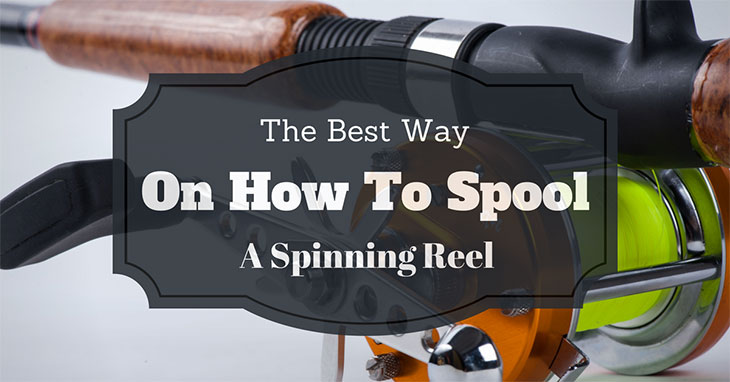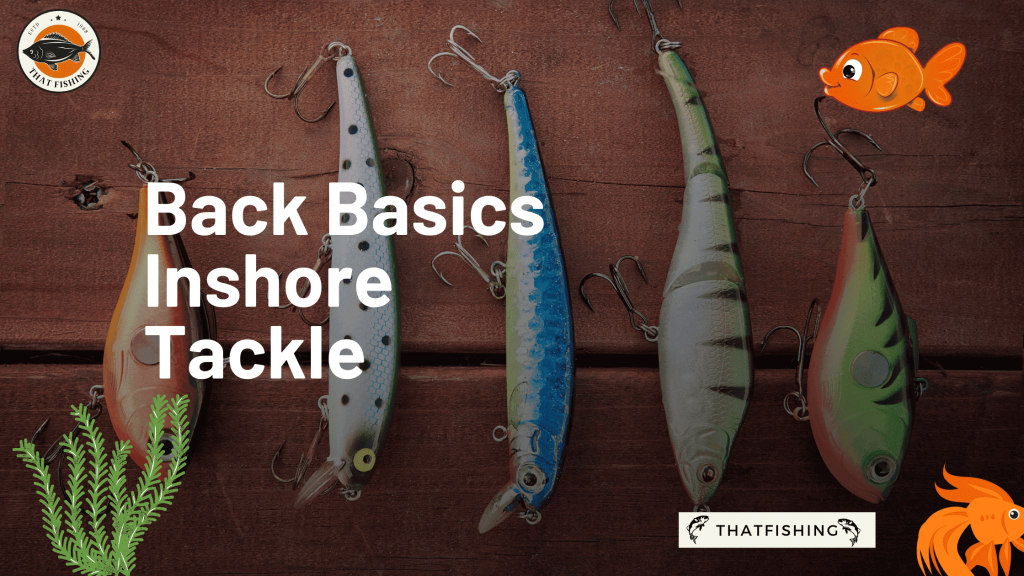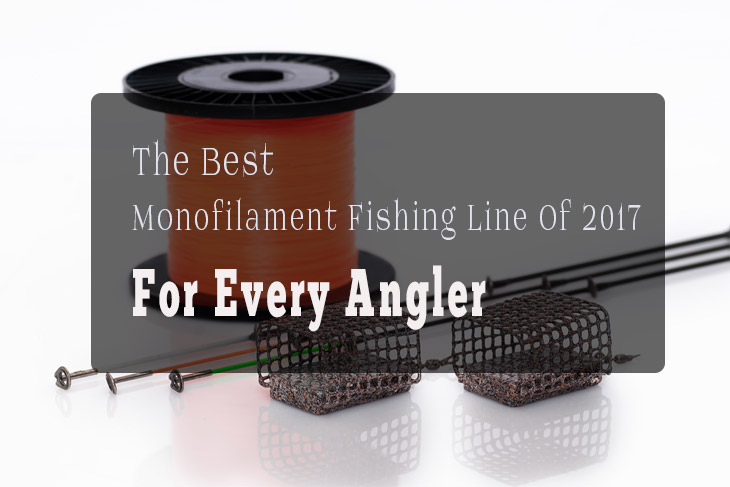As an angler, learning how to spool a spinning reel is a necessary skill especially if you desire to be an excellent fish catcher. In my case, it took awhile before I mastered this fishing skill that every fishing enthusiast must possess, yet it was worth it.
Just like me, you may also be a fish catcher who experiences tangles formed because your spinning reel does not achieve proper spooling. Do not be frustrated because even experienced anglers encounter this problem, and my hope is that I can help you deal with this the next time you fish.
So, let’s start.
The Best Way On How To Spool A Spinning Reel
- Pieces Of Equipment Needed
- Fishing Rod
- Fishing Line
- Spinning Reel
- Fishing Pliers
- Screwdriver
- Silicone-based Lubricant (Optional)
The Step By Step Procedure
- Place The Fishing Reel And Rod On A Flat Surface
- On The Arbor, Tie The Line With An Arbor Knot
- Close The Bail
- Set The Spool Down On The Floor
- Insert A Pencil Or A Screwdriver
- Spin The Bail On The Reel Slowly
- As You Reel The Line In, Use A Silicone Based Lubricant
- Use Your Index Finger And Thumb
- Fill The Spool Until It Is Approximately
Pieces Of Equipment Needed
Here are the some Equipment Needed for fishing :
1. Fishing Rod
This simple stick or pole makes a big difference in angling. Different types of this material come in various sizes. I typically use a 9-foot rod which is a fiberglass. Power, action, and length are the three most important things to consider when selecting the right typeof fishing stick.
2. Fishing Line
Depending on your fishing needs, there are several types of fishing line that you can use. Experienced anglers usually have an idea about the brands available and well-known in the market. If you are a beginner, choosing the best line to use is critical because it affects your catching ability. As for me, I typically use Sea Blue Label.
Line strength and fishing line memory are the most important things you have to consider when looking for this tool. Monofilament and Fluorocarbon lines are the most common ones, but for this tutorial, you can use any leader that is available on hand.
3. Spinning Reel
This fishing reel that has a nonmoving spool is your best friend as an angler in most of your fishing activities. Some of the factors which you have to evaluate are the construction, cost and drag system of the spinning reel.
Furthermore, this equipment will be useful in learning through this tutorial. Personally, I use Kast king Summer Spinning Reel .
4. Fishing Pliers
This is important because you will need it to cut the fishing line. Scissors can be an alternative if you do not have one.
5. Screwdriver
You will use this for spooling up. You can use any elongated material that can enter the hole in the middle. Some use a pencil as an alternative.
6. Silicone-based Lubricant (Optional)
This can improve your way of spooling up because it softens the surface of the line, making it easier to spool up. It also prevents line breakage.
The Step By Step Procedure
In this section, I will provide you with a thorough guide which you can use in learning how to fill your reel with spool correctly.
While some procedures are simple, some may need videos for you to imagine them better. Do not worry. I prepared presentations for those steps for you to understand them better. I also included one video which covers all the steps right before the end of this section.
1. Place The Fishing Reel And Rod On A Flat Surface
Place the fishing reel and rod on a flat surface. It is important to ensure that the bail is open. The bail is the small arm located on the reel which flips ups and down. If the bail is open, it must be flipped up. Ensuring that the bail is open is important because when the bail is closed, you can not turn the spool to load the line in the reel.
2. On The Arbor, Tie The Line With An Arbor Knot
On the arbor, tie the line with an arbor knot. Arbor knot is the type of knot which helps you tie fishing line, and you also use it in supporting your reel. You can do this by passing the line around the arbor. Next, make an overhand knot that is in the standing line. In the tag end, you need to make a second overhand knot. Cut the excess lines using fishing pliers or scissors.
3. Close The Bail
Close the bail. There are two ways of doing this. First, you can crank the handle. The other way is by closing the bail by the handle which is what most anglers prefer because it prevents the risk of wearing the springs out.
4. Set The Spool Down On The Floor
Set the spool down on the floor. The label must be facing up. This step is essential in identifying the type of rotation which you must follow and which will be explained further in step. Take the spinning reel, and put it directly on the top of the spool.
5. Insert A Pencil Or A Screwdriver
Insert a pencil or a screwdriver inside the hole which is at the center of the filler spool housing in such a way that it is positioned perpendicularly to the spool. To make this step less complicated, I suggest you ask a helper to hold the spool, and you can do the running of the line or vice versa.
6. Spin The Bail On The Reel Slowly
Spin the bail on the reel slowly, and identify the direction that it follows.Depending on your reel, your bail can be rotating clockwise or counterclockwise. The general rule for this step is to ensure that the way the bail is turning is similar to the direction the line or leader is coming off the spool.
Thus, if the bail spins clockwise, the line must also come off the spool clockwise, and the same thing applies if the bail rotates in the reversed direction. Do not forget to check the spool line, and make sure that it does not slip over.
This process is another step which anglers should remember because it avoids the formation of unnecessary knots. Flip or turn the spool if you find out that the line comes off the spool in a way different from how the reel spins.
7. As You Reel The Line In, Use A Silicone Based Lubricant
As you reel the line in, use a silicone based lubricant. This material is usually in the form of a spray. The first step that you have to do is to shake the container. Get a soft towel or cloth, and spray the lubrication into the fabric. Bring the line through the towel or cloth.
This tip eliminates the possibilities of getting shocks, and it also provides lubrication to the line which lessens fishing line memory and helps your casting distance.
8. Use Your Index Finger And Thumb
Use your index finger and thumb to exert a light to moderate pressure to the line while turning the handle for 15 to 20 times. Do this with your free hand. Using light to moderate pressure on the line is important because it prevents the line from loosening and tangling.
9. Fill The Spool Until It Is Approximately
Fill the spool until it is approximately 1/8th inches from the rim. Please bear in mind that overfilling or underfilling both cause problems when casting. Normally, there is a groove or indent inside the spool lip which serves as an indicator.
That’s it! You have finally and successfully loaded a new line on your fishing reel. Please bear in mind that both monofilament and fluorocarbon line have memory. Hence, it is crucial that you spool the reel-label side up. Meanwhile, braided lines have no memory which means the said rule is not applicable.
Also, this is a step by step guide on filling your spinning reel. Trolling and baitcasting reels may have different procedures. I am sure that the methods I presented will give you tremendous help so that you can fish with less difficulty during your next fishing adventure.
Did you enjoy reading this tutorial? Fishing, in my opinion, is one of the most enjoyable recreational activities, but it would be more enjoyable if you learn how to spool a spinning reel correctly; mastering the skills that are needed for your fishing reel will contribute to catching more fishes.
If you learn something in this tutorial, please don’t hesitate to give your comments on the section below or share this learning material with your friends.
Related Reads:



